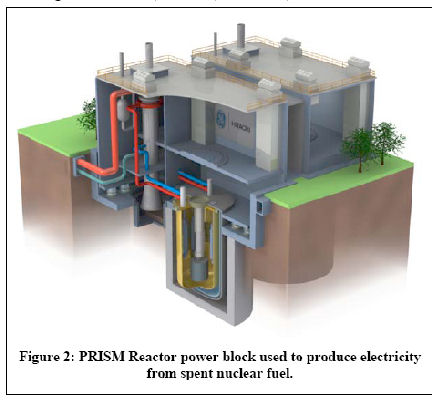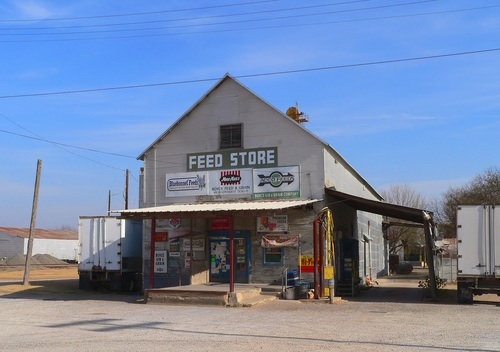Integral Fast Reactors: Nuclear’s Forgotten Clean Energy Solution
I wrote a post for CleanTechnica on December 6, 2011 concerning something I’d never before heard about, integral fast reactors — you guessed right, nuclear reactors. Titled, “Our Nuclear Trash Heap Needs IFRs,” I wrote about a 2008 book by environmentalist, Tom Blees, “Prescription for the Planet.” When I posted this story, I was soundly […]
Integral Fast Reactors: Nuclear’s Forgotten Clean Energy Solution Read More 👉









